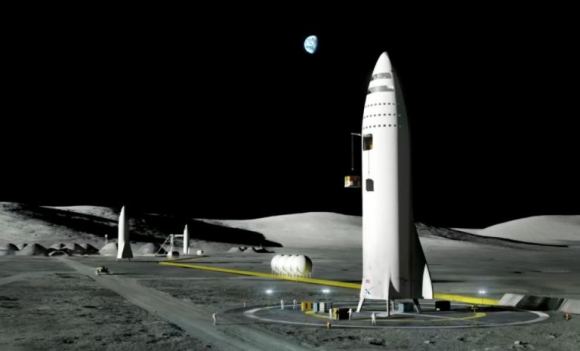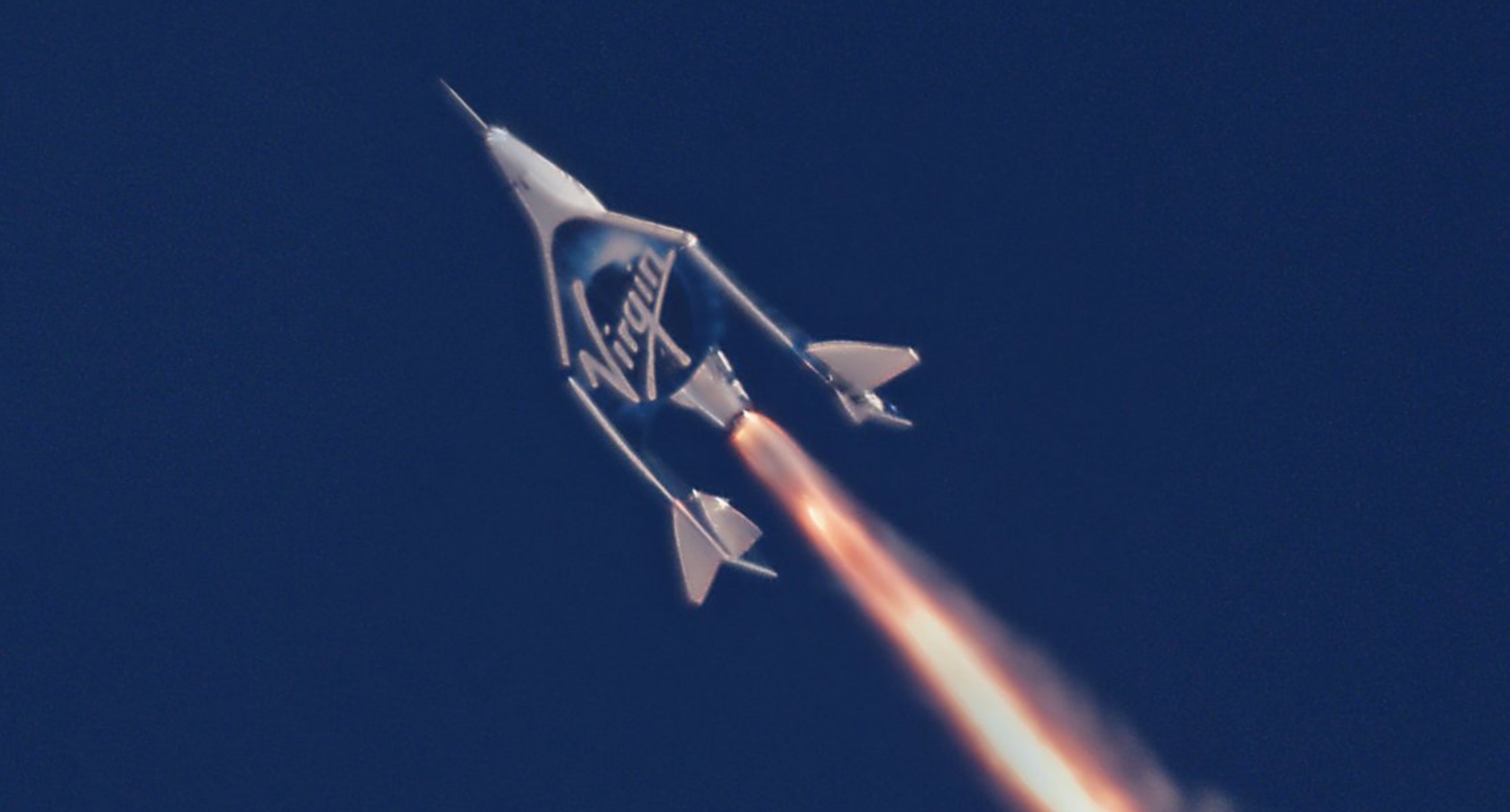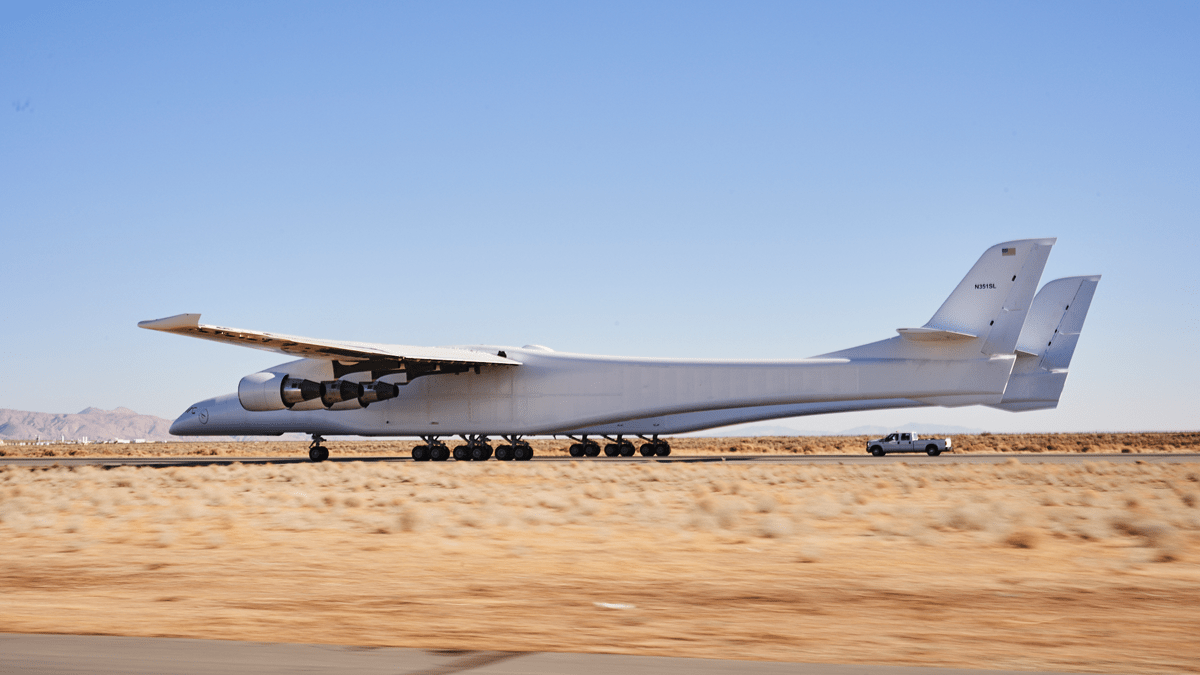When it comes to the dream of commercial space exploration and space tourism, a few names really stand out. In addition to Elon Musk and Jeff Bezos, you have Richard Branson – the founder and CEO of the Virgin Group. For years, Branson has sought to make space tourism a reality through Virgin Galactic, which would take passengers into suborbit using his SpaceShipTwo class of rocket planes.
Unfortunately, Virgin Galactic suffered a number of setbacks in recent years, at the same time that competitors like SpaceX and Blue Origin emerged as competitors. However, the VSS Unity (part of the Virgin Galactic fleet) recently conducted its second powered test flight from the Mojave Air and Space Port on Tuesday, May 29th. While this test is years behind schedule, it marks a significant step towards Branson’s realization of flying customers to space.
This was the second time that the VSS Unity flew since 2014, when the VSS Enterprise suffered a terrible crash while attempting to land, killing one pilot and injuring the other. The first propulsive test took place two months ago after several additional tests were performed on the craft. And with that last success, Virgin Galactic moved ahead with its second powered test earlier this week.
Today VSS Unity completed her second powered test flight in less than 2 months. Great job to all involved! #SpaceShipTwo pic.twitter.com/Iy7qAkweSC
— Virgin Galactic (@virgingalactic) May 29, 2018
The focus of the latest test flight was to learn more about how the spaceship handles at supersonic speeds. It was also intended to test the control system’s performance when the vehicle was closer to its ultimate commercial configuration. As the company stated, “This involved shifting the vehicle’s center of gravity rearward via the addition of passenger seats and related equipment.”
This statement is a possible indication that the test program is reaching the final stretch before Virgin Galactic allows passengers on the vehicle. However, the company will need to conduct a full-duration flight (which will include a full-duration burn of its rocket motor) before that can happen. This latest test involved only a partial rocket burn, but nevertheless demonstrated the spacecraft’s capabilities at supersonic speed.
The company live-tweeted the entire event, which began at 8:34 AM with the VSS Unity and its carrier mothership (VMS Eve) taxing out to the runway for final checks. For this flight, the pilots were Dave Mackay and Mark “Forger” Stucky while CJ Sturckow and Nicola Pecile piloted of the carrier aircraft. At We have take-off. VMS Eve & VSS Unity have taken to the skies and have begun their climb.”
By 9:43 AM, the company announced that the VSS Unity had detached from the VMS Eve and was “flying free”. What followed was a series of live-tweets that indicated the ignition of the VSS Unity’s rocket motor, the shutting down of the motor, and the raising of the tail fins to the “feathered” re-entry position. By 9:55 AM, the company announced a smooth landing for the VSS Unity, signaling the end of the test.
Back on the ground pic.twitter.com/iIrj6jIFM4
— Virgin Galactic (@virgingalactic) May 29, 2018
Branson, who was at the Mojave Air and Space Port for the test, released the following statement shortly thereafter:
“It was great to see our beautiful spaceship back in the air and to share the moment with the talented team who are taking us, step by step, to space. Seeing Unity soar upwards at supersonic speeds is inspiring and absolutely breathtaking. We are getting ever closer to realizing our goals. Congratulations to the whole team!”
Branson was also at the center to take in a tour of the facilities of The Spaceship Company (TSC), a sister company of Virgin Galactic that is responsible for developing Virgin Galactic’s future fleet. While there, Branson viewed the next two spaceships that TSC is currently manufacturing, as well as the production facilities for TSC’s spaceship rocket motors.
With the latest test flight complete, the company’s teams will be reviewing the data from this flight and making preparations for the next flight. No indication has been given as to when that will be, or if this test flight will include a full-duration burn of the motor. However, Branson was very happy with the test results, stating:
“Today we saw VSS Unity in her natural environment, flying fast under rocket power and with a nose pointing firmly towards the black sky of space. The pathway that Unity is forging is one that many thousands of us will take over time, and will help share a perspective that is crucial to solving some of humanity’s toughest challenges on planet Earth.”

Meanwhile, Bezos continues to pursue his plans for sending passengers into orbit using his fleet of New Shepard rockets. And of course, Musk continues to pursue the idea of sending tourists to the Moon and Mars using his Big Falcon Rocket (BFR). And with many other private aerospace ventures looking to provide trips into orbit or to the surface of the Moon, there is sure to be no shortage of options for going into space in the near future!
And be sure to check out this video of the VSS Unity’s second test flight, courtesy of Virgin Galactic:
Further Reading: NASA Space Flight


